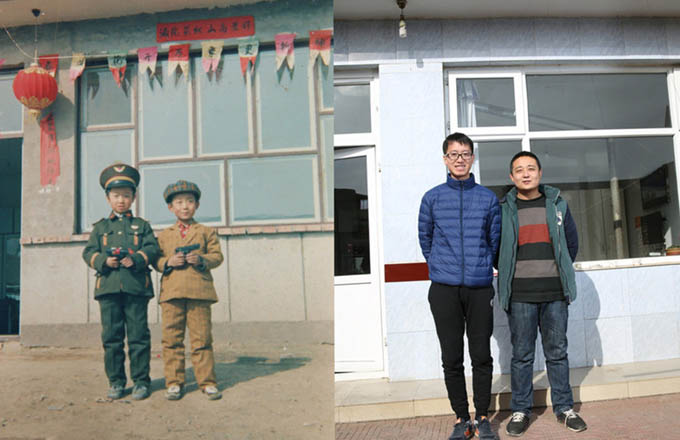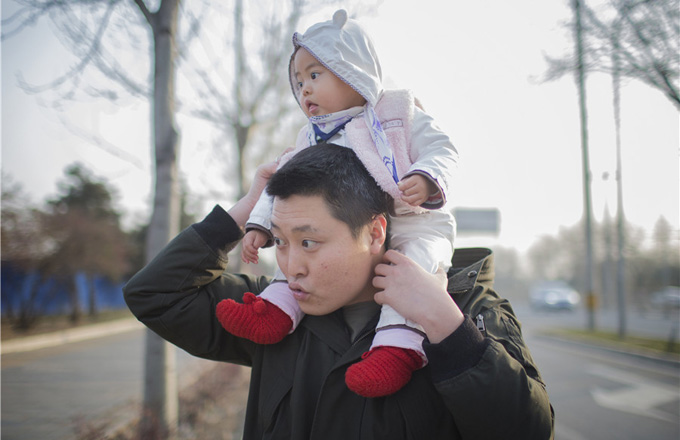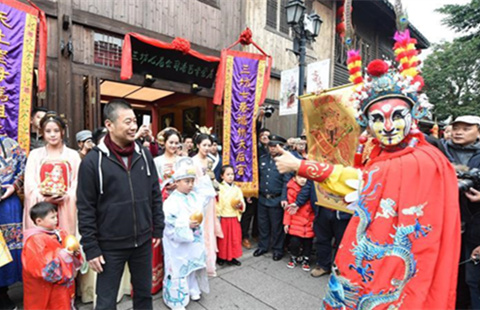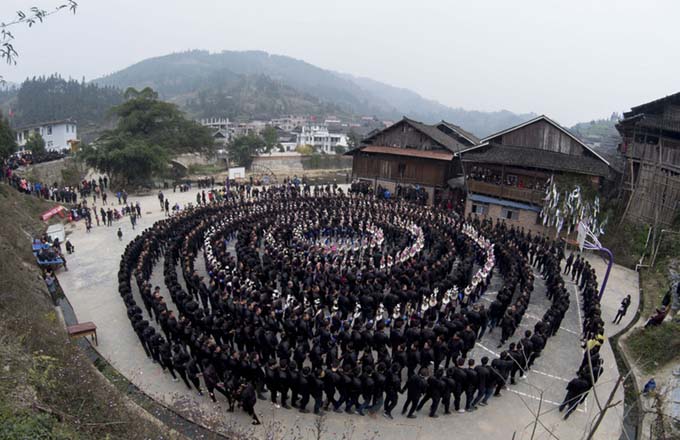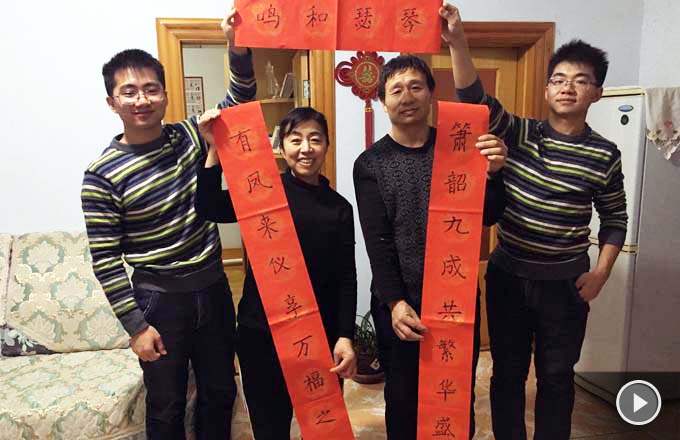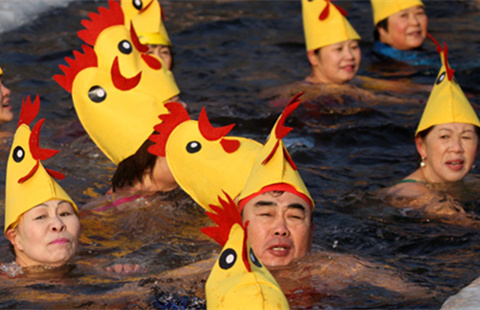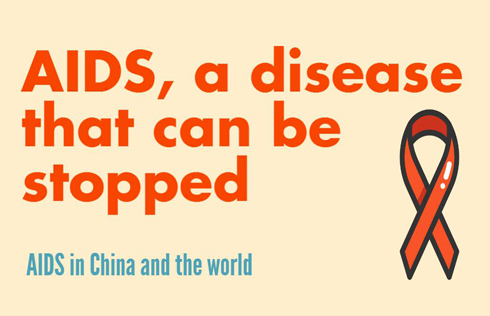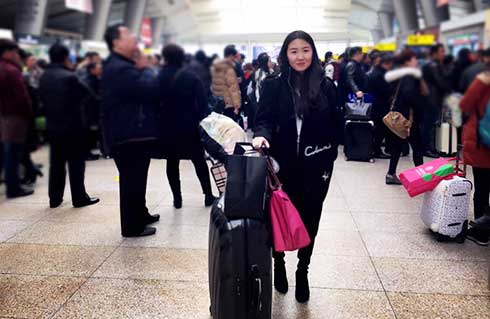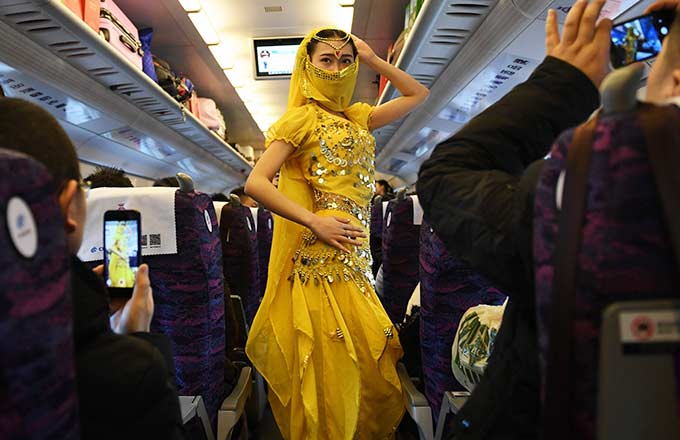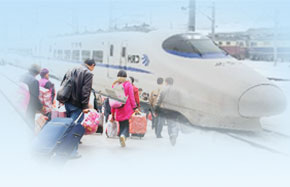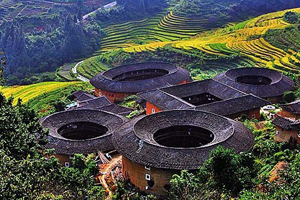Shanghai fireworks ban clears air, but some miss festive mood
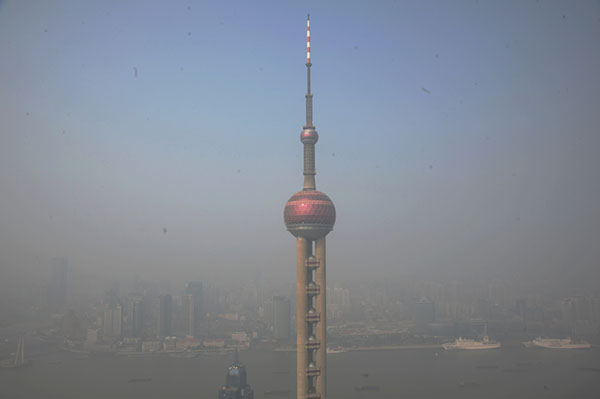 |
|
The Oriental Pearl Tower is shrouded in smog in Shanghai in this file photo. [Photo/VCG] |
A downtown fireworks ban helped improve Shanghai's air quality during Spring Festival, but residents also had mixed feelings about it.
Since 2016, selling and setting off fireworks have been banned inside the outer ring roads, an area that covers almost all downtown regions and a small part of the city's suburbs.
As a result, the air quality index remained lower than usual for this time of year, about 26 on Wednesday, the Shanghai Environmental Monitoring Center said.
The city's holiday AQI has been in the good to excellent categories, and the concentration of dangerous PM 2.5 particles on Friday, Lunar New Year's Eve, was lower than that of the same day in 2016, thanks to the ban and helpful weather conditions.
In areas beyond the outer ring roads, the use of fireworks dropped compared with the same period last year, with only 10 tons of fireworks trash collected on Friday in a city with a population of 24 million, according to the Shanghai Green and Urban Appearance Bureau.
Only seven retail outlets were permitted to sell firecrackers and fireworks in Shanghai this year — all in remote areas — down from 87 in 2016, 697 in 2015, and 1,400 in 2014.
Shanghai police said they cracked down on illegal sales of firecrackers this year, detaining a total of 144 suspects and confiscating more than 11,460 cases of illegally sold firecrackers.
But Matt Saunders of the United States, who has lived in Shanghai for more than 10 years, said he missed the days when he walked blocks to admire the season's fireworks.
"It's part of the culture and brings a lot of fun," he said. In the United States, big fireworks displays are usually held on July 4, the national independence day, and he said he would drive hours to see the display in a big city.
Wang Hongmao, a sanitation worker who was collecting trash on West Jianguo Road in downtown Shanghai on Wednesday, said the ban has helped reduce his workload.
In the years when fireworks were allowed, he had to work hard and spend four to five hours a day collecting trash left by residents who set off firecrackers during Spring Festival.
"It's especially hard on rainy days when the paper scraps stick to the ground," he added.
Now, collecting fireworks trash only takes about one hour of work, Wang said.
In Nanjing, Hangzhou and Taiyuan, which adopted similar fireworks bans, PM 2.5 levels remained low on Friday, according to a report by the Ministry of Environmental Protection.
But in the majority of cities where no ban or conditional or partial bans were in place, including Beijing and Tianjin, pollution levels rose rapidly that day.
At 6 pm on Friday — hours before most fireworks are set off — only 19 cities across China reported heavy or serious pollution. By 2 am on Jan 28, the figure rose to 183, with 62 reporting an AQI of more than 500.


